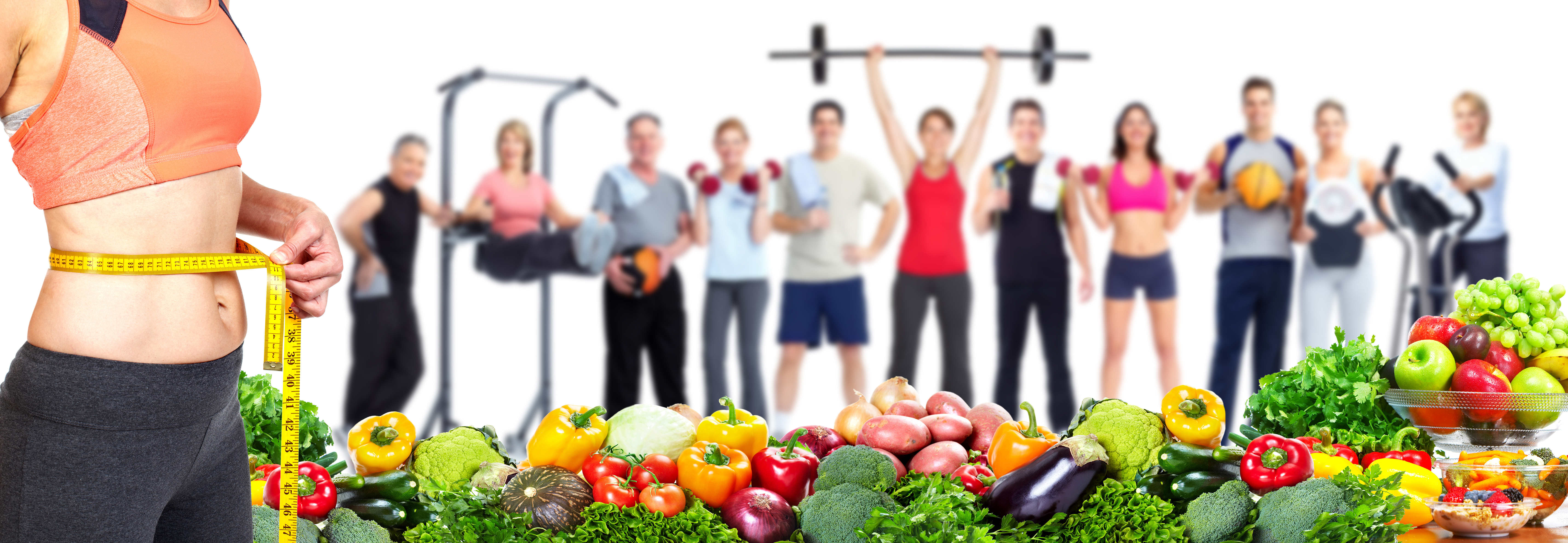Top 10 Low Calorie Foods

Sadly, there aren’t actually foods that burn more calories than they contain. But that doesn’t mean you shouldn’t keep your eyes open for foods that offer very low amounts of calories that will do your diet good. Ready to hunt down some of the best low-calorie foods available? Here are 10 of them.
#1: Black Rice
Everyone loves rice. Most folks are gaga for the white stuff, but many are turning to brown rice. If you want to trim more calories and cram in some more fiber and antioxidants, go even darker. With black rice, your main and side dishes will get a boost in needed nutrients while stripping out calories.
#2: Carrots
There are few foods as dense and filling as carrots that offer so few calories to add to your waistline. How many calories? An entire cup of the orange goodies contain a meager 52 calories! Additional perks include the fact that they’re great cooked or raw and have plenty of vitamin A.
#3: Asparagus
Toss it on a salad, get it fresh off the grill, or steam it up on the stovetop. However you prefer your asparagus, you can take comfort knowing that this filling food comes with just 27 calories per cup. Of course, many prefer their asparagus loaded with salt and butter, and if this is you, be careful! Otherwise you can easily turn a low-calorie stalk of asparagus into an unhealthy addition to your meal.
#4: Arugula
It’s green, has something of a peppery kick, and rings in at 4 calories per cup. Yes, you read that right—4 calories. Versatile enough to go wherever green, leafy veggies belong, arugula adds flavor without adding fat, cholesterol, or calories to your salads, soups and beyond!
#5: Broccoli
What is it about green stuff that makes it so low in calories? Whatever it is, broccoli meets the criteria for being one of the top 10 low-calorie foods at just 50 calories a cup. Broccoli seems to have some of the greatest benefits of any low-calorie food, as it contains vitamins, minerals, and antioxidants that strengthen and protect your body from a variety of dangerous and deadly diseases.
#6: Lettuce
Weighing in at only 5 calories per cup, lettuce comes with a variety of nutrients, depending on the type you eat. Best choices are those that are dark and rich in color. While you’re not likely to eat a head of lettuce on its own, it provides an exceptional, low-calorie base for all sorts of fantastically delicious and nutritious meals.
#7: Mushrooms
Want to amp up that salad even more? Better grab a handful of mushrooms. Even if you grab a massive handful, you’ll only get 15 calories. And don’t forget that you’ll also get a nice pile of potassium, antioxidants, and various B vitamins. Worn out on salad? Feel free to use mushrooms with other foods and enjoy their versatile abilities.
#8: Tomatoes
Tired of salad talk? Then don’t use that tomato in a salad. Instead, grab a knife, slice up a tomato, and eat it like an apple. When you finish off your medium-sized tomato, it’s okay to feel good about yourself, because you only consumed 22 calories. You also chowed down on vitamin C, potassium, fiber, and an antioxidant called lycopene.
#9: Watermelon
It’s hard to imagine a list of top foods without something to tantalize your sweet tooth. If you’ve ever been at a picnic, you’ve eaten watermelon. Its naturally sweet, has more of those cancer-fighting antioxidants that your body loves, and is exceptionally low in calories. It’s OK to splurge a little on this as a treat, but be careful with how much you eat, as watermelon has 17g of sugar in a 10 ounce slice.
#10: Broth
Rounding out the list of top 10 low-cal foods is good ol’ broth. No matter if you go for chicken, beef, veggie, seafood, or miso broth, it all drops just 10 calories per cup. Chop up some carrots, black rice, broccoli, and mushrooms, and you just made a fantastic soup with just a few more calories than ingredients. Just watch the sodium levels of the broth you choose, as excess sodium contributes to water retention and bloating.
While I fully encourage you to replace the processed, high calorie items in your diet with the 10 foods listed above, all the low calorie foods in the world won’t get you the body that you desire if you neglect to include a challenging exercise program into your routine. You simply MUST exercise in a way that challenges your muscles to adapt and strengthen in order to be fit and healthy.

